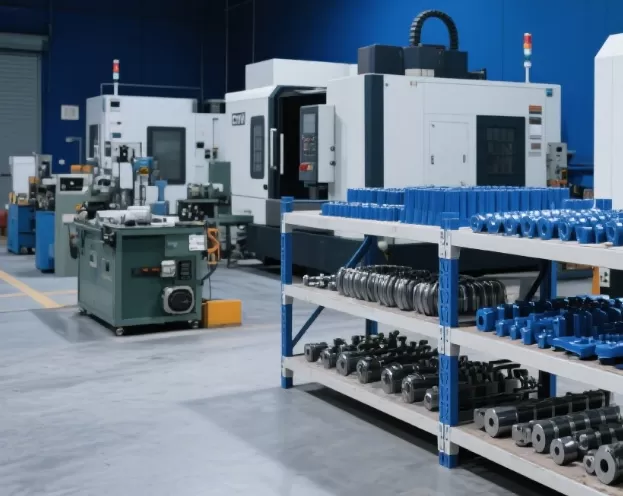CNC machining sets the stage for precision, but the true finishing touch lies in surface treatment painting—where durability meets aesthetics. From aerospace components to consumer electronics, a flawless surface coating makes or breaks product performance. Yet, most manufacturers struggle to strike the balance between cost, quality, and longevity.
The answer? Surface treatment painting enhances CNC-machined parts by improving corrosion resistance, wear protection, and visual appeal while ensuring compliance with industry standards. Whether through powder coating, anodizing, or e-coating, the right finishing method locks in mechanical integrity and extends component lifespan.
But with so many techniques available, how can you pin down the best solution? Below, we break down key considerations—from cost structures to quality benchmarks—helping you navigate the surface finishing landscape with confidence.
When weighing up surface treatment options, each method brings its own strengths to the table. Powder coating steps up with unbeatable durability, while anodizing takes the lead in corrosion resistance for aluminum parts. Electroplating shines in decorative finishes, whereas e-coating quietly excels in deep crevice coverage. Meanwhile, liquid paint—though fading in popularity—still holds its own for color flexibility.
What sets them apart? Powder coating outlasts liquid-based alternatives by baking into an impermeable shell, while anodizing chemically transforms aluminum surfaces into a fortress against wear. E-coating, though slower, creeps into microscopic imperfections, leaving no weak link. For complex geometries, electroplating stacks up as the go-to—if gloss is priority.
The verdict? No one-size-fits-all; the winning formula hinges on material, function, and budget.
A brilliantly machined part left bare is like a high-performance engine running without oil—liable to seize up when exposed to real-world stress. Surface treatment painting acts as the final armor, blocking moisture, UV rays, and abrasion before they eat away at precision geometries.
In automotive and aerospace, skipping this step spells disaster—untreated parts buckle under salt spray or thermal cycles in no time. Even medical devices hinge on biocompatible coatings to fend off microbial growth. That’s why leading surface treatment companies insist: Finishing isn’t optional—it’s insurance.
Technically speaking, CNC-machined surfaces crave coatings to smooth out micro-imperfections. Anodizing plugs porous aluminum, while powder coating bridges minor tool marks. Without it, friction chips away at tolerances, and rust sneaks in unchecked.

Costs swing wildly. What drives the price tag up or down? Thickness, material prep, and volume play leading roles.
Batch processing knocks down per-unit expenses—a win-win for bulk orders. Yet exotic alloys demand pricier pre-treatments, like chromate conversion or plasma etching. Powder coating, while affordable upfront, tacks on extra for color changes or masking. Anodizing Type III (hardcoat) ratchets up costs but pays off in extended lifespan.
Rule of thumb: Simpler geometries + higher volumes = friendlier pricing. Always weigh per-part savings against long-term performance—cutting corners today fuels rework costs tomorrow.
Quality hides in the details—skimping on pretreatment invites peeling or bubbling down the line. First, grit blasting or chemical etching must strip away contaminants; any residue clings like a shadow, ruining adhesion.
Next, mil thickness gauges and salt spray tests separate the best from the rest. A top-tier surface treatment company will back up specs with ISO 9001 or Nadcap certifications. Cross-cut adhesion tests (ASTM D3359) spot-check coating bonds, while spectrophotometers keep colors on target.
For mission-critical parts, accelerated weathering simulations predict real-world performance. The gold standard? Consistent results across batches—no wildcards.
The industry is pivoting hard toward eco-friendly solutions—water-borne coatings and UV-curable tech now dodge VOC regulations without sacrificing durability. Nano-coatings are muscling in, offering self-healing properties that patch micro-scratches automatically.
Automation is tightening its grip, with AI-driven spray systems eliminating human error in thickness application. Meanwhile, smart coatings embedded with sensors flag corrosion before it’s visible—a game-changer for infrastructure.
On the horizon? Hybrid techniques merging anodizing with ceramic layers, and graphene-infused paints that rewrite conductivity rules.
